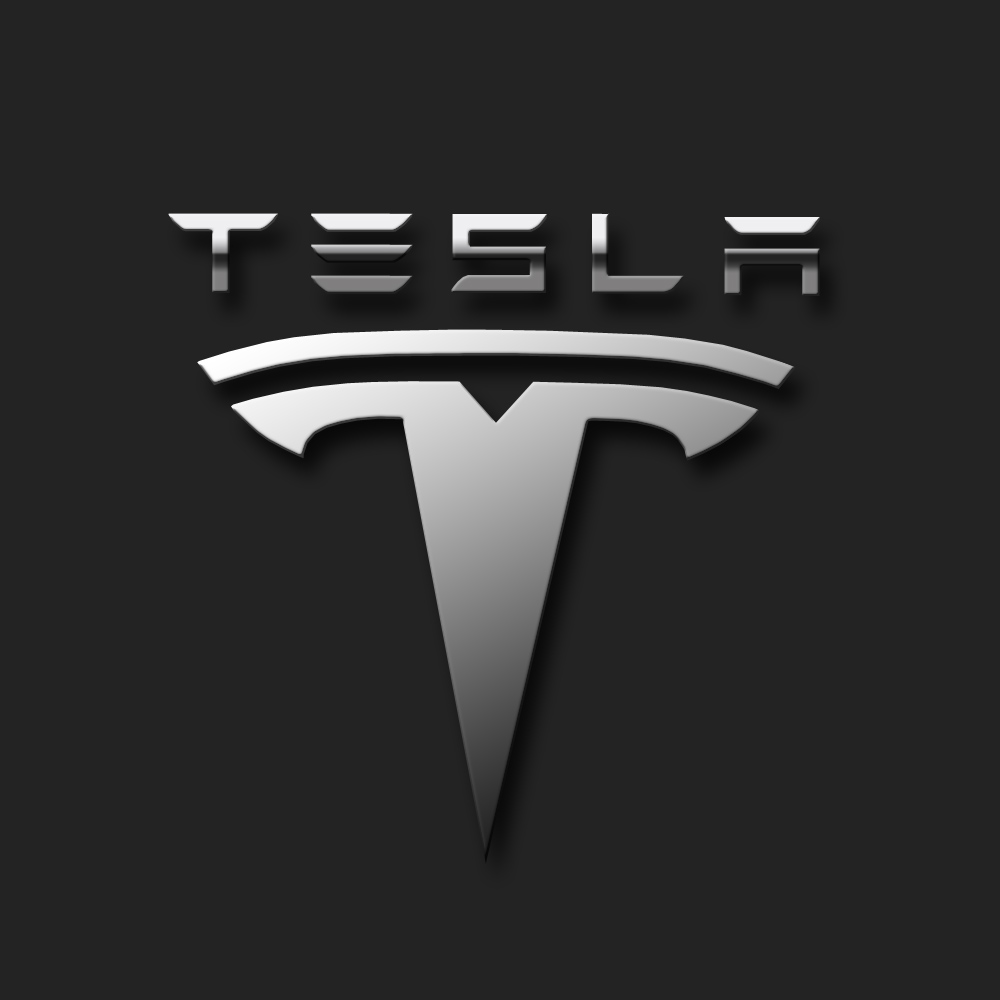The S is gorgeous, of course. Swift, luxurious, and elegant, yet simultaneously low-impact on the environment and cheap as dirt to operate, it seems you just can't go wrong. Only, well, they're a wee bit pricey, with the entry point standing at 150% of the average America annual household income.
The P85D, the big boss daddy of the lightning-car world? It's berzerk, or "insane," as those videos show us it making your Jewish grandma swear (potty-mouth-language at the link, just so's ya know) and blowing the doors off of old school combustion muscle cars.
And the new SUV/Van, the X? Amazing, with doors that scissor open, Falcon Wings, perfect for Leia once she's finally settled down into the 'burbs with Han. Oh so practical, and yours for $135,000, six times the price of the recently purchased used minivan that graces the front of our home.
The P85D, the big boss daddy of the lightning-car world? It's berzerk, or "insane," as those videos show us it making your Jewish grandma swear (potty-mouth-language at the link, just so's ya know) and blowing the doors off of old school combustion muscle cars.
And the new SUV/Van, the X? Amazing, with doors that scissor open, Falcon Wings, perfect for Leia once she's finally settled down into the 'burbs with Han. Oh so practical, and yours for $135,000, six times the price of the recently purchased used minivan that graces the front of our home.
Elon Musk's latest endeavor, the Tesla PowerWall, also seems like a brilliant idea. It's a hyper-effective and stylish battery-pack, one that can be integrated with a rooftop solar array to render your home functionally energy self-sufficient. It's an eco-libertarian fantasy, perfect for surviving blackouts and zombie apocalypses and the second Trump administration.
I'd love to have one in our home, frankly. Would totally, totally buy it.
Only, well, there's a subtle catch, a tickle in my consciousness.
My family, at least at the present time, could afford a Tesla PowerWall. A little saving, a little scrimping, and we'd be there with the twenty-five grand you'd need to cut the cord.
But we are not most Americans. If the average household income is $51,000, and most of us are carrying substantial debt loads, twenty five thousand large is a huge, huge hurdle. That, and you have to own your own property. And be likely to stay there a while, meaning you have locational stability.
And there, there something catches in my soul about Tesla's super-premium "aspirational" business model, and about one dark possible future of a distributed energy economy.
If our energy infrastructure starts to come apart, those with wealth will do fine in a Tesla PowerWall world. The owned square footage for the sun and the batteries are theirs. Their sleek cars will hum and their screens will glow and their homes will be cool.
But for the rest, as things crumble? For the renters, the young and indebted, the struggling rural rednecks and the disenfranchised urban poor?
That transition may be rougher. As the global carbon economy finally sputters on vapors and dies, our lives might look like the lives of those in West Africa or the Middle East, where lights are on for just hours a day...for all but those few who have the economic power.
Because power draws power to itself, and casts a high wall around itself. The poor are allowed to see those distant lights flickering, in their darkness.
And there, there something catches in my soul about Tesla's super-premium "aspirational" business model, and about one dark possible future of a distributed energy economy.
If our energy infrastructure starts to come apart, those with wealth will do fine in a Tesla PowerWall world. The owned square footage for the sun and the batteries are theirs. Their sleek cars will hum and their screens will glow and their homes will be cool.
But for the rest, as things crumble? For the renters, the young and indebted, the struggling rural rednecks and the disenfranchised urban poor?
That transition may be rougher. As the global carbon economy finally sputters on vapors and dies, our lives might look like the lives of those in West Africa or the Middle East, where lights are on for just hours a day...for all but those few who have the economic power.
Because power draws power to itself, and casts a high wall around itself. The poor are allowed to see those distant lights flickering, in their darkness.







